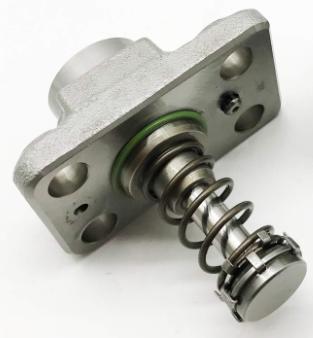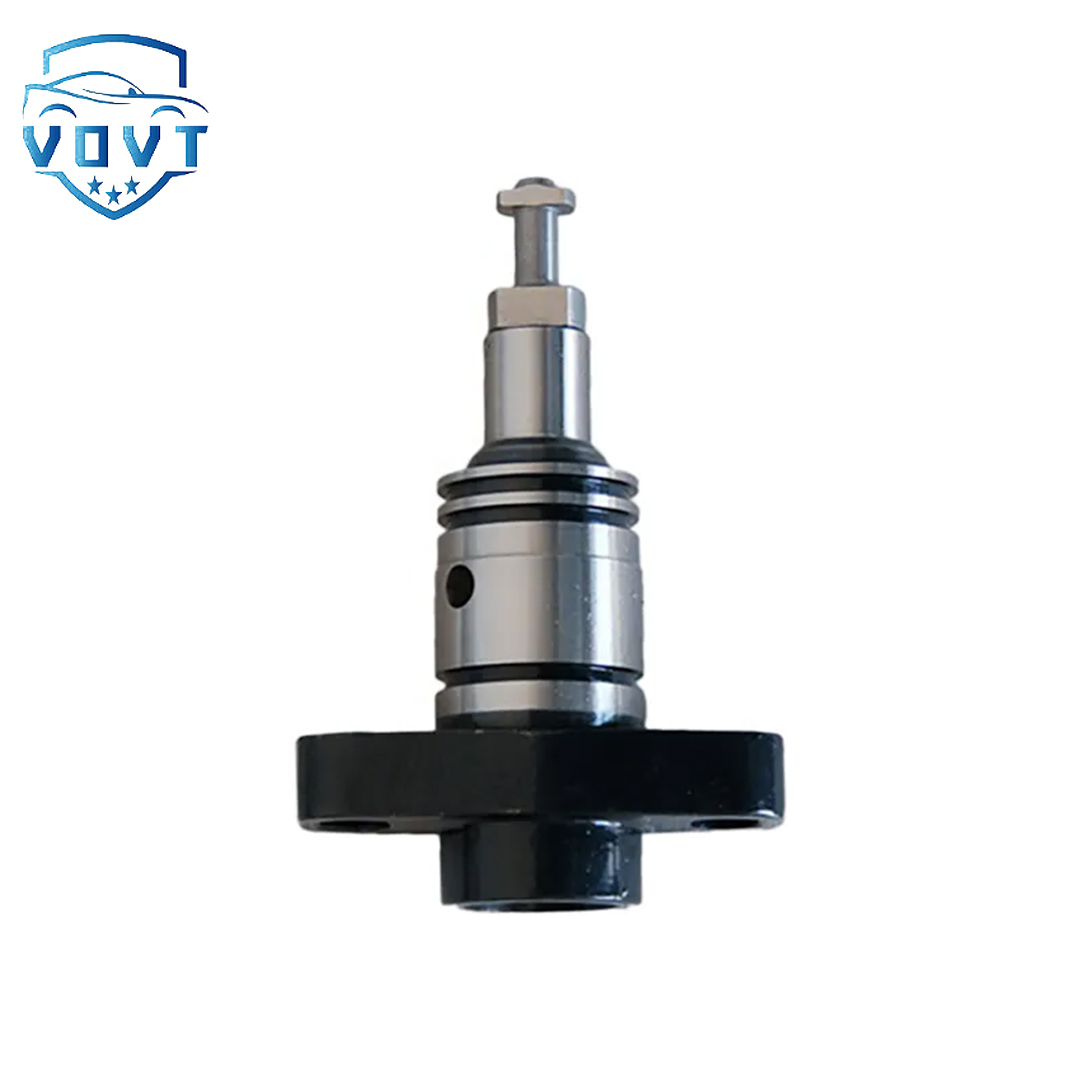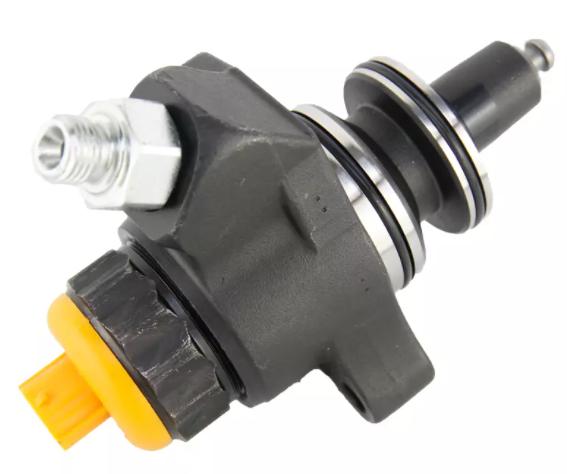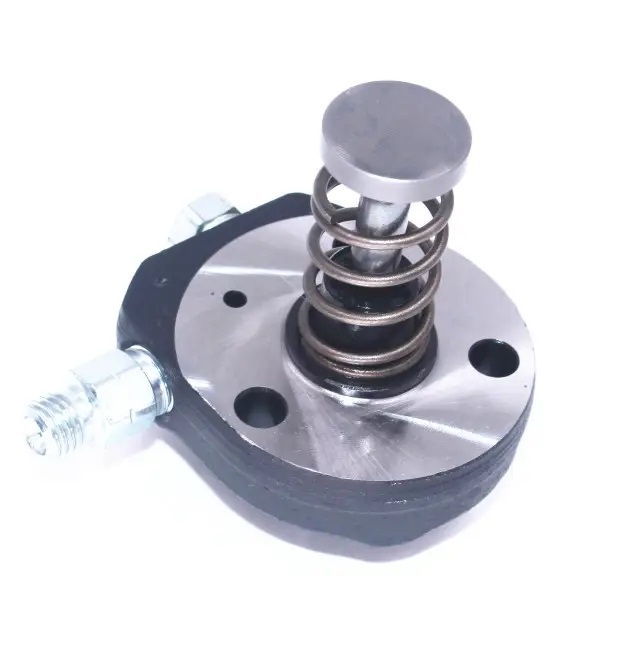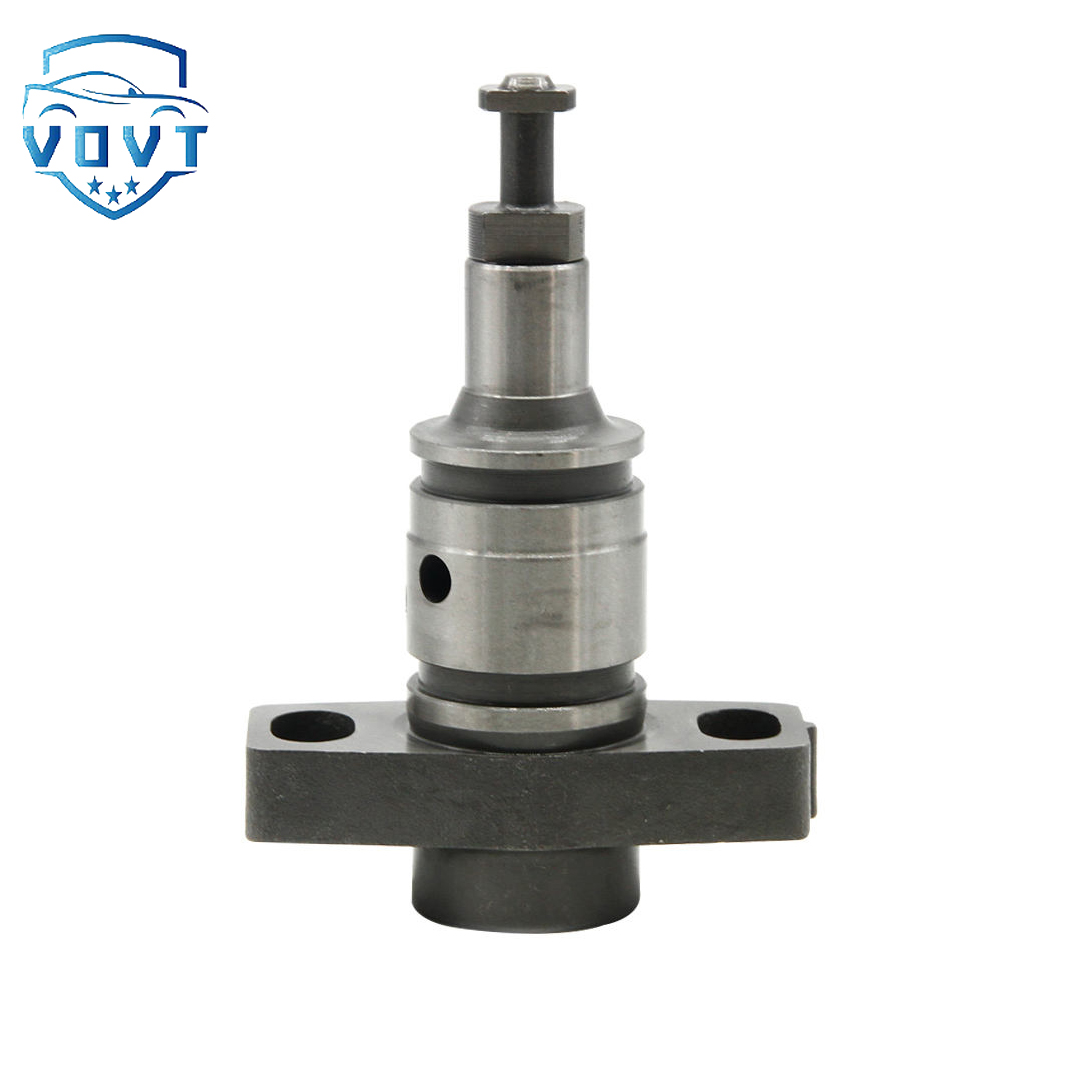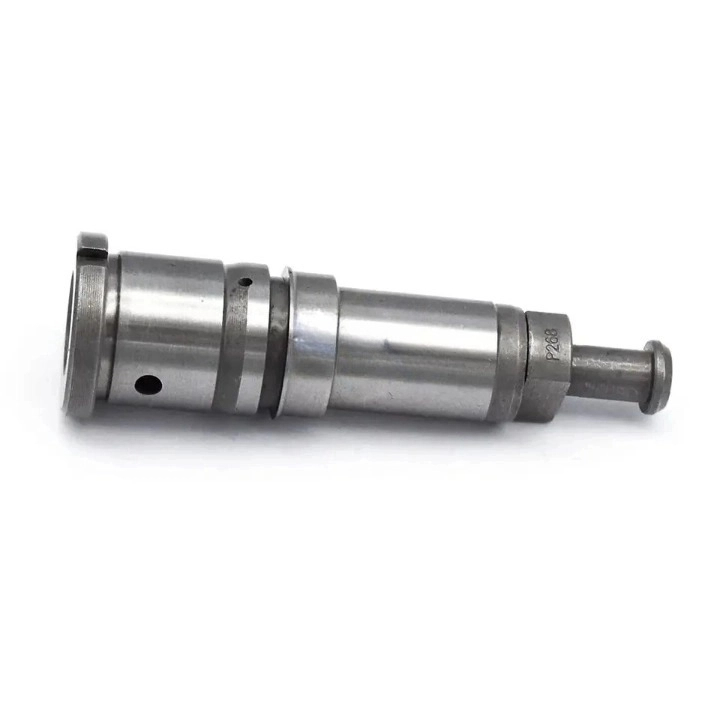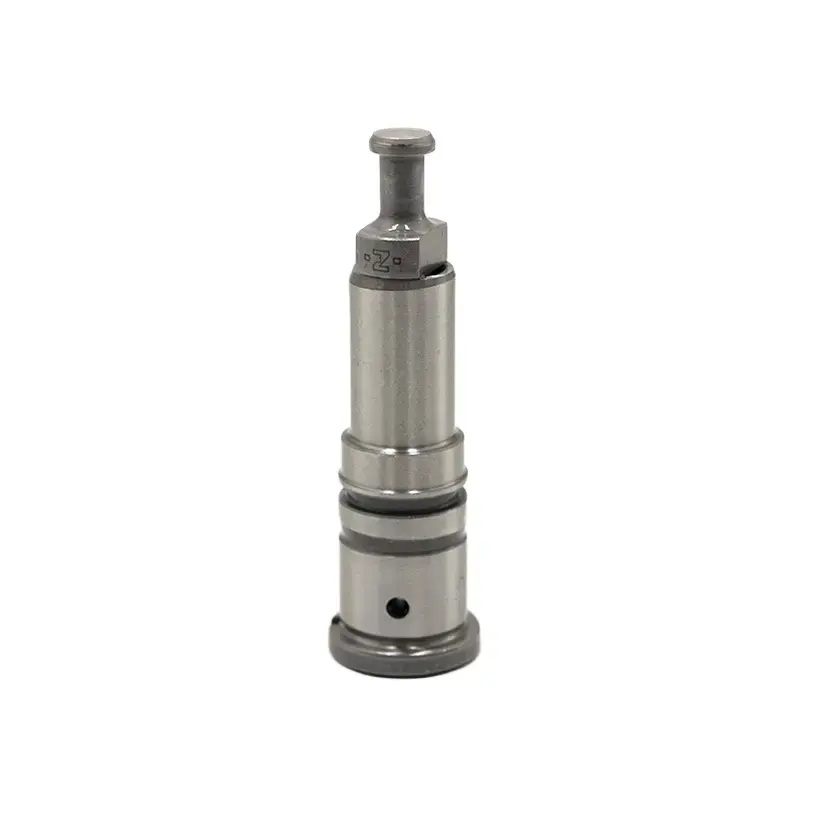Made in China Fuel Injection Pump Plunger 2425-980 2 418 425 980 Pump Elements Engine Accessories
products description
| Reference. Codes | 2455-980 |
| OE/OEM Codes | / |
| Application | / |
| MOQ | 5 PCS |
| Certification | ISO9001 |
| Place of Origin | China |
| Packaging | Neutral packing |
| Quality Control | 100% tested before shipment |
| Lead time | 7~15 working days |
| Payment | T/T, Paypal, Western Union or as your requirement |
The role of the oil pump plunger
1. Generate fuel pressure
Working principle: The plunger moves back and forth in a straight line under the action of the oil pump camshaft or drive mechanism. When the plunger moves downward, the plunger cavity volume increases, forming a negative pressure and sucking in fuel; when the plunger moves upward, the plunger cavity volume decreases, squeezing the fuel and increasing its pressure.
Key role:
Provide sufficient pressure for the fuel injection system (such as the injector) to ensure that the fuel is sprayed into the combustion chamber in a mist form to achieve efficient combustion.
In diesel engines, the high pressure generated by the plunger (up to tens to hundreds of MPa) is a necessary condition for diesel atomization and combustion.
2. Control the fuel supply
Fuel quantity adjustment: By changing the effective stroke of the plunger (that is, the stroke length of the plunger covering the oil return hole), the amount of fuel pumped each time can be adjusted, thereby controlling the power output of the engine.
For example, when the engine load increases, the effective stroke of the plunger increases, the amount of fuel pumped increases, and the output power increases; when the load decreases, the stroke is shortened, the amount of fuel is reduced, and economic adjustment is achieved.
3. Maintain stable operation of the fuel system
Continuous pumping: The reciprocating motion of the plunger keeps the fuel system under continuous pressure supply, avoiding unstable engine operation (such as idle jitter, power interruption, etc.) caused by pressure fluctuations.
Sealing effect: The precise fit between the plunger and the plunger sleeve (extremely small gap) forms a seal to prevent high-pressure fuel leakage and ensure effective pressure establishment.
4. Adapt to different working conditions
In diesel engines, the plunger fuel pump is linked by an adjustment mechanism (such as a rack, a pull rod, etc.), and can adjust the fuel supply in real time according to parameters such as engine speed and load to meet the fuel requirements of different working conditions such as starting, idling, acceleration, and full load.
Common application scenarios
Diesel engine fuel system: The plunger fuel pump is widely used in large diesel engines such as trucks, ships, construction machinery, and generator sets, and is a core component of traditional mechanical fuel systems.
Some gasoline engines: The plunger structure may also be used in early gasoline engines or specific types of fuel pumps (such as gasoline high-pressure oil pumps), but it is currently replaced by electric fuel pumps.
Impact of plunger failure
Insufficient fuel pressure: causes difficulty in starting the engine, reduced power, weak acceleration, and even flameout.
Unstable fuel supply: causes idle jitter, speed fluctuation, or excessive emissions (such as black smoke).
Abnormal wear: Wear of the plunger and plunger sleeve will cause fuel leakage, aggravate pressure loss, and in severe cases may cause damage to fuel system components (such as clogging and jamming of the injector).
Deterioration of engine performance: Long-term failure may lead to incomplete combustion, increased fuel consumption, and even damage to internal engine components (such as pistons and cylinders).












